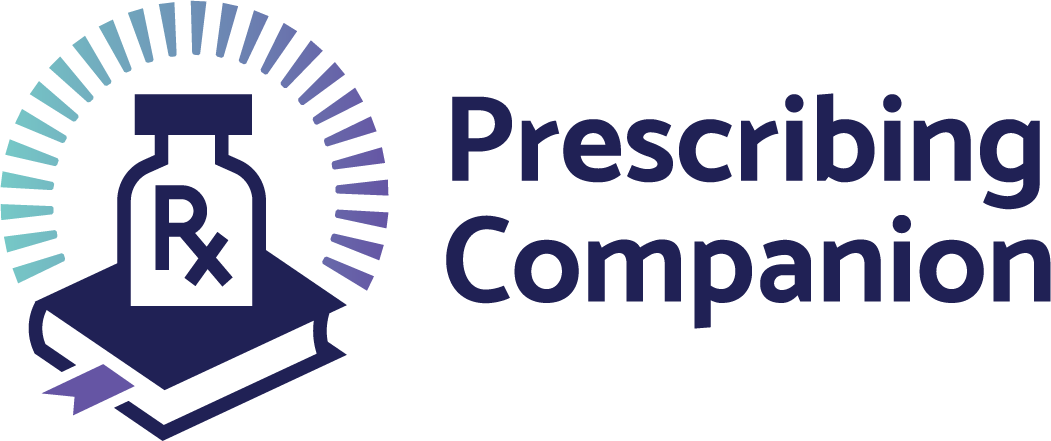Anxiety Disorders
exp date isn't null, but text field is
Clinical Description
Anxiety disorders refers to a group of disorders that share features of excessive fear / anxiety and the related behavioral and physical disturbances with associated impairment in functioning or subjective distress.
Types:
- Phobias: characterized by irrational and excessive fear of objects/ public situations
- Panic disorder: characterized by recurrent spontaneous panic attacks, subsequent fear of another attack and maladaptive compensatory behaviors
- Generalized anxiety disorder: excessive worry for six months or more about actual circumstances/ events
Clinical Features
SIGNS AND SYMPTOMS
- Feeling tense, uncontrollable anxiety and worry
- Associated physical health symptoms e.g., heart palpitations, Sweating, chest pains, difficulty breathing, poor sleep, restlessness, feeling dizzy, lightheadedness or faint
INVESTIGATIONS
- Exclude comorbid mental health disorders such as depression and alcohol and drug use
- Elicit psychosocial stressors from patients as well as guardians
- Perform a physical examination to rule out other causes of anxiety such as thyrotoxicosis, asthma, etc.
Treatment
NON-PHARMACOLOGICAL
- Explain anxiety to patient especially the link between physical and psychological symptoms
- Give good health advice such as reducing or stopping substance use, good diet, exercise etc.
- Educate on relaxation methods such as deep breathing exercises during panic attack and muscle relaxation techniques
- The mainstay or first line treatment of anxiety disorders is psychotherapy such as exposure and systematic desensitization or cognitive behavioral therapy.
PHARMACOLOGICAL
- If symptoms are severe or psychotherapy hasn’t been effective, prescribe antidepressants in conjunction with the psychotherapy
- 1st line: Give Fluoxetine 20 – 60 mg
- 2nd line: Give Amitriptyline 50-150 mg nocte
- Avoid the use of diazepam and benzodiazepines except as short course medications (should not exceed 14 days)
- Propanolol (20 – 40mg) PRN may be used for short term symptomatic relief of excessive anxiety symptoms
Red flags
For referral/admission
- If there is significant comorbid physical illness
- The symptoms are interfering with activities of daily living
- The patient is suicidal with no significant psychosocial support at home
FOLLOW UP
- Once symptoms resolve, continue treatment for 6 months and consider stopping thereafter
- Assess for substance use and other psychosocial stressors
